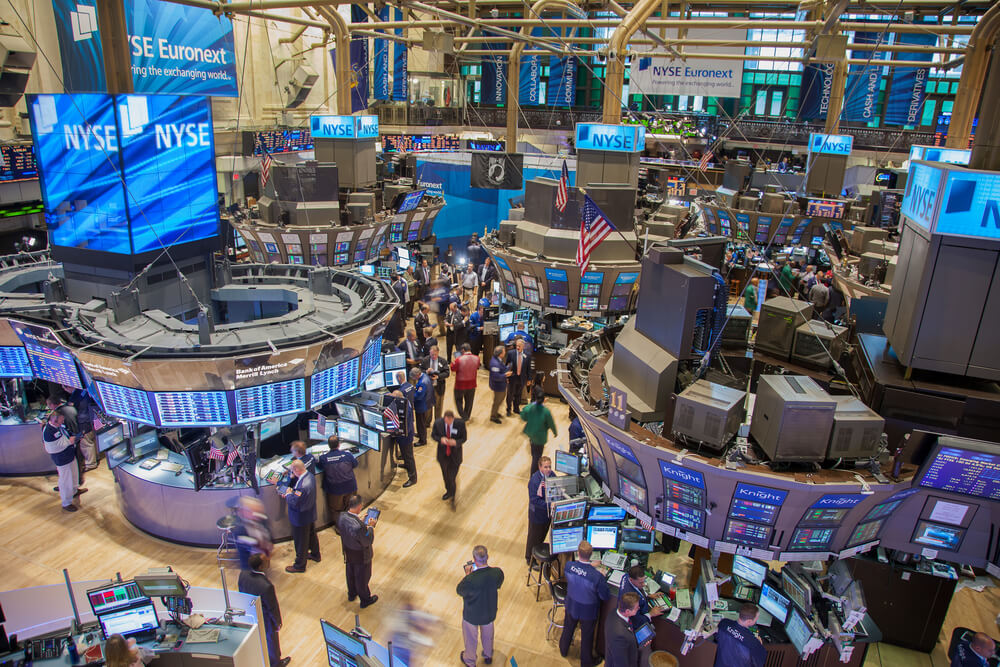Everyone has their own set of trade mechanics, or at least they should. By having rules in place you can determine what works for your account size and risk tolerance.
Maybe you only enter a trade the day of earnings. Maybe you only enter trades if the implied volatility rank is over 50 percent. Or maybe you enter one trade every day no matter what just to keep your skin in the game.
I wanted to share with you my three-step process for placing a new trade:
The first thing I do is sort my watchlist. What’s a watchlist you say?
Well, step No. 1 is to create said watchlist. Find a group of stocks or ETFs that you are familiar with or would like to be. This could be each stock in the Dow, just the FAANGs or maybe some of your personal favorites.
My watchlist is all ETFs, and for good reasons. The first is that I never have to worry about earnings events or single stock news that could send the price of the underlying in the opposite direction I’m trading.
Additionally, I like to sell option premium and with ETFs, because of the basket of funds that comprise the underlying, the betas, or moves relative to the market, are smaller. This tends to favor the option seller as the actual moves generally underperform in ETFs.
Next, I take a quick look at a chart. There are many individuals who swear by charts. They know exactly what a bull flag does compared to a bear pennant, but honestly, that’s not how I trade.
For me, I like to get an idea of the overall direction of a chart. GE, for example, being a security that has moved down a considerable amount over the past year could be a contender for a short position, whereas NFLX could be a contender for a long position as the stock has more than doubled, both would be riding the trends.
But you could take the opposite approach to either one of these securities and say that GE is ready to bounce and NFLX is ready for a pullback. The truth is, nobody knows where the price will be in five minutes let alone five days or five weeks.
With this in mind, I try to make a high-probability trade that works with the trend, or I’ll structure a trade in anticipation of a reversal if it looks to me like a price extreme. High-probability trades give me room to be wrong directionally while also having time on my side, which is why they are so powerful.
Finally, I look at the options pricing. I only trade defined risk trades and it’s easy to see if the option prices are priced right or not based on my risk tolerance.
With an options trade like a short put spread, I generally look at the delta of the strike I’m going to sell. If it’s at the 30 delta then I want to get at least $0.30 to sell a $1 wide spread.
This has a probability of profit of 70 percent so I’m looking to only risk 70 percent of the width of the strike with a fairly priced option spread. If it’s at a 50 delta, I’m looking to take 50 cents on a $1 wide spread. A 50 delta trade would mean there is a 50-50 chance of being profitable, so it would make sense to risk $50 to make $50, but not less.
Many times I’ve had a trade I was ready to send that was discarded after seeing the options pricing not being in line with the probability of profit.
Now, this may not fit everyone’s style of trading, and that’s OK. The important part is finding what works for you and being open to new ideas that could improve your trading style, and hopefully your win rates.
Christopher M. Uhl, CMA, MOSM
10minutestocktrader.com
Email: chris@10minutestocktrader.com
Twitter: @10minutetrading
Instagram: @10minutetrading
